Personal note: Truly extraordinary. The EU gave Indonesia €20,000,000 between 2006-2008 and what has it achieved? Who did they give most of it to, to distribute? The allegedly corrupt Ministry of Forestry whose primary reason for existing is to sell forests for logging. What has the money achieved, or more to the point, where did it go?
As we can see below the government of Indonesia blames others for the logging. They talk as though forests are disappearing as if by magic, when they know, as we do, they are selling them off the forests as fast as they can.
And now Prince Charles is going to reward the government with more money. I hope you will write and ask him why he proposes rewarding the Indonesian government for logging its own forests. Would Prince Charles suggest instead of prosecuting bank robbers, you give them more money and ask them not to rob any more banks? Here is the address of the Prince Charles Rainforest Trust - info@rainforestsos.org
Statement last Monday, 27th July, the Ministry of Forestry said, "….He noted that the government planned to soon release an additional 4.2 million hectares of forest for plantation development."
The government of Indonesia must think it is great how they are being constantly rewarded for logging their own forests, whilst at the same time making the EU etc look like complete idiots.
Finally, it is this same Ministry of Forestry who are directly responsible for killing tens of thousands of orangutans and millions of other animals.
---------------------------------------------------------------------------------------
July 30, 2009
Candra Malik The Jakarta Globe
Prince Charles Gives $2.8b To Preserve Rain Forests
Karanganyar, Central Java. Britain’s Prince Charles has set aside 2 billion euros ($2.8 billion) to help Indonesia and other developing countries preserve their rain forests, State Minister for the Environment Rachmat Witoelar said on Thursday.
“His representative came on Wednesday afternoon and asked Indonesia’s government to prepare to discuss the scheme further,” Witoelar said at a seminar on bank funding and environmental projects.
Aside from Indonesia, the money will also be used in other developing countries with tropical rain forests, such as Papua New Guinea, Congo, Costa Rica and Mexico.
“The amount of the aid will differ for each country based on the size of their tropical forests and the environmental problems they face,” he said.
Indonesia was included after delegates from the United Kingdom surveyed forests in Sumatra, Java and Kalimantan last year. The money is intended to be used on reforestation projects.
Witoelar did not offer an exact figure for the size of the damaged or destroyed forests in the country, but estimated it at 40 percent of the total.
“As environment minister, I can only say that Indonesia’s forests are in severe condition,” he said.
“In the next five years, we must plant two billion trees, or 400 million trees per year. Otherwise our forests will be history.”
In fact, while the fund created by Prince Charles is substantial, Witoelar said he believed it was only enough to plant a fraction of the trees needed to replenish the world’s rain forests .
However, reforestation is not the only solution in the fight against global warming. Witoelar said the world must adopt development practices that prioritize environmental protection and replace the growth-at-any-cost model that currently dominates in many developing countries.
He said a green economy would give priority to clean energy, rural energy development and reducing emissions.
“At the Major Economies Forum on Energy and Climate in L’Aquila, Italy, on July 9, the major global powers reconfirmed their commitment to developing environment-friendly energy. I hope Indonesia can do that, too,” he said.
http://thejakartaglobe.com/home/prince-charles-gives-28b-to-preserve-rain-forests/321249

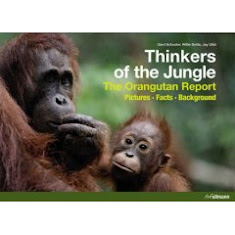





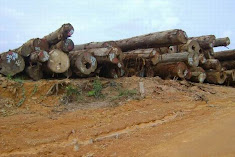
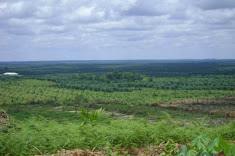
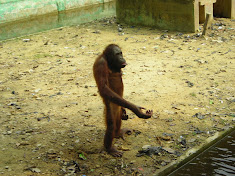











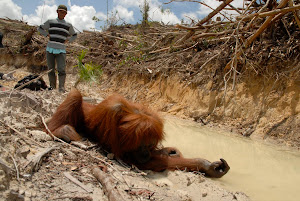

-a.jpg)
